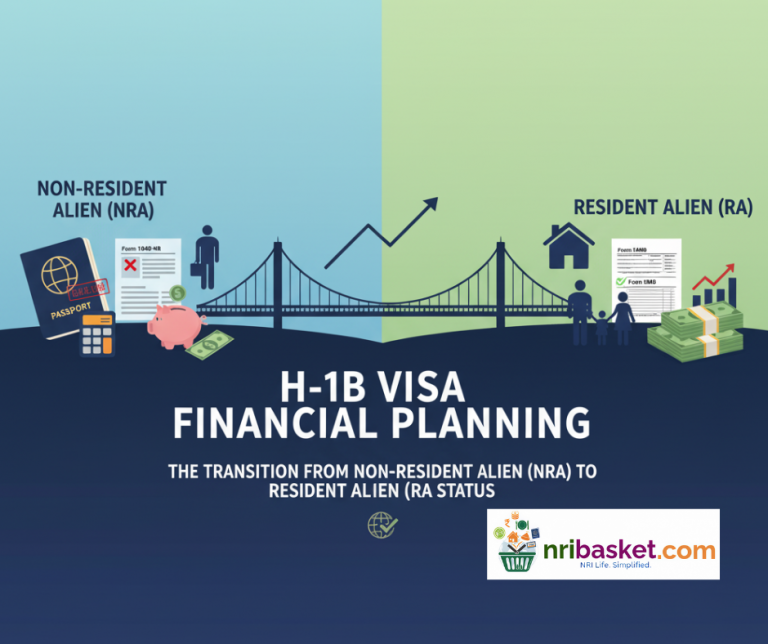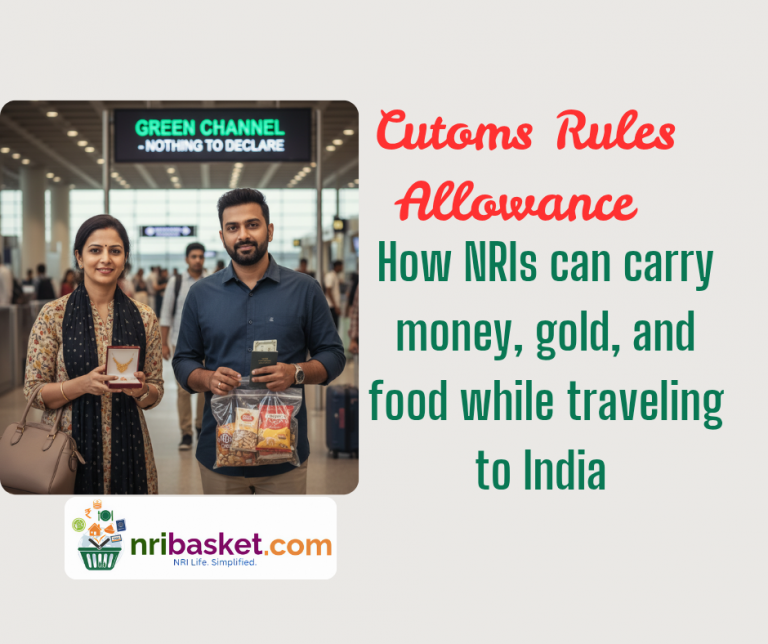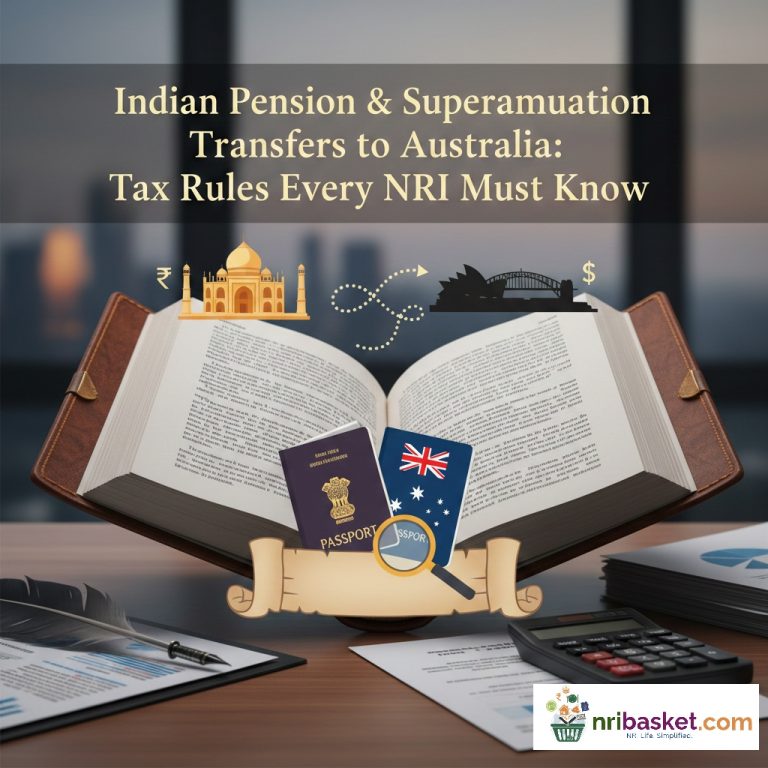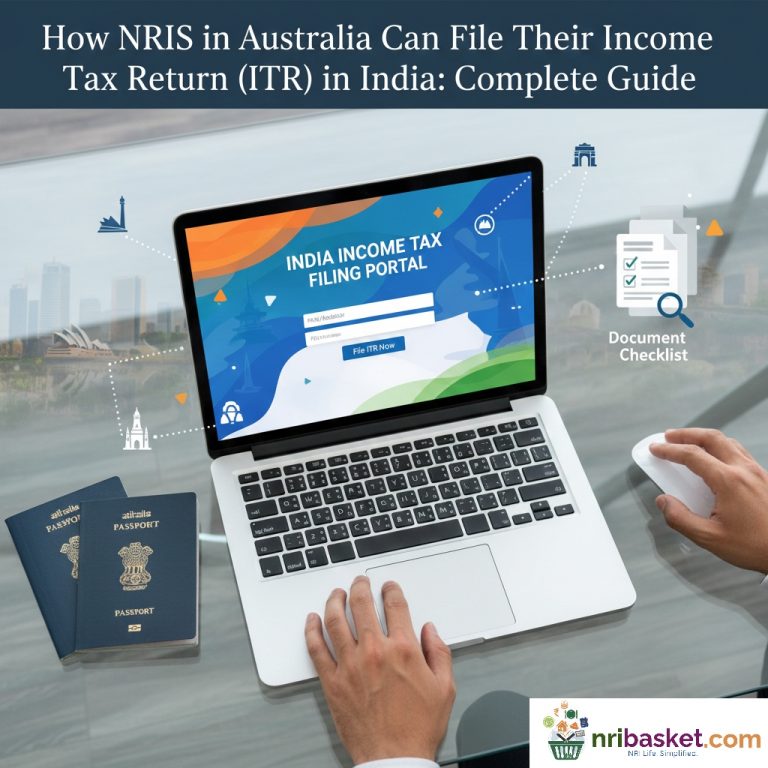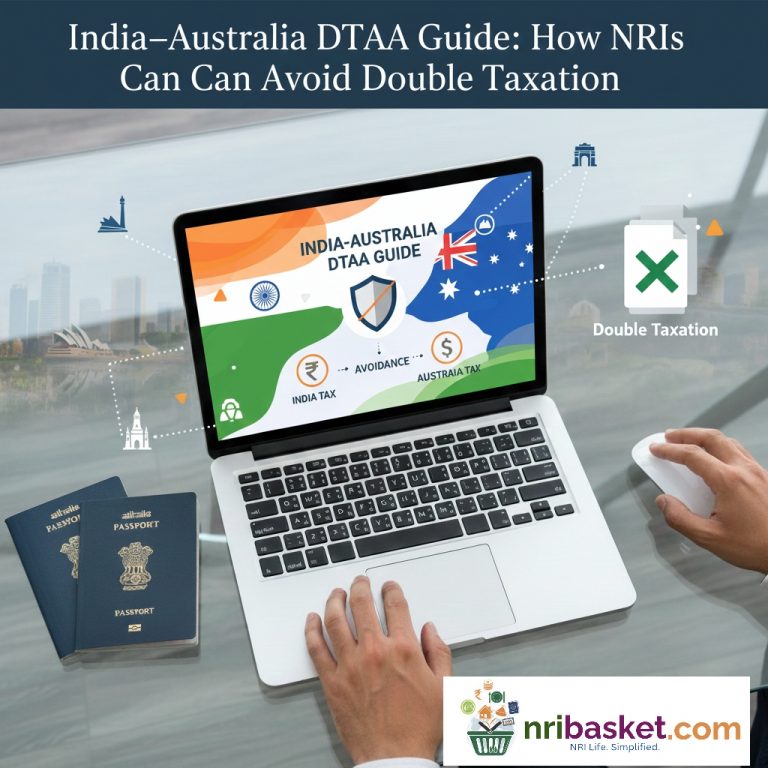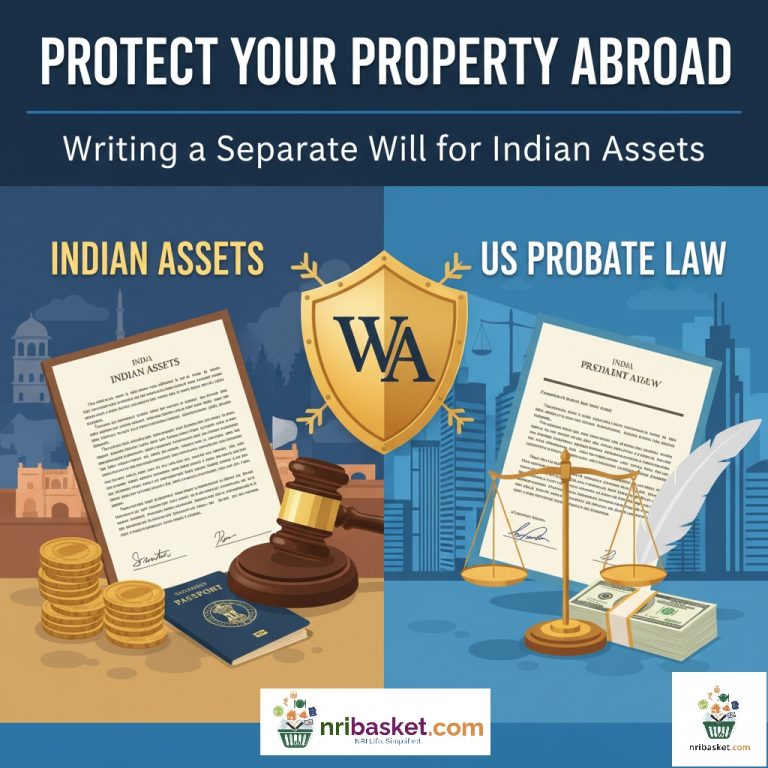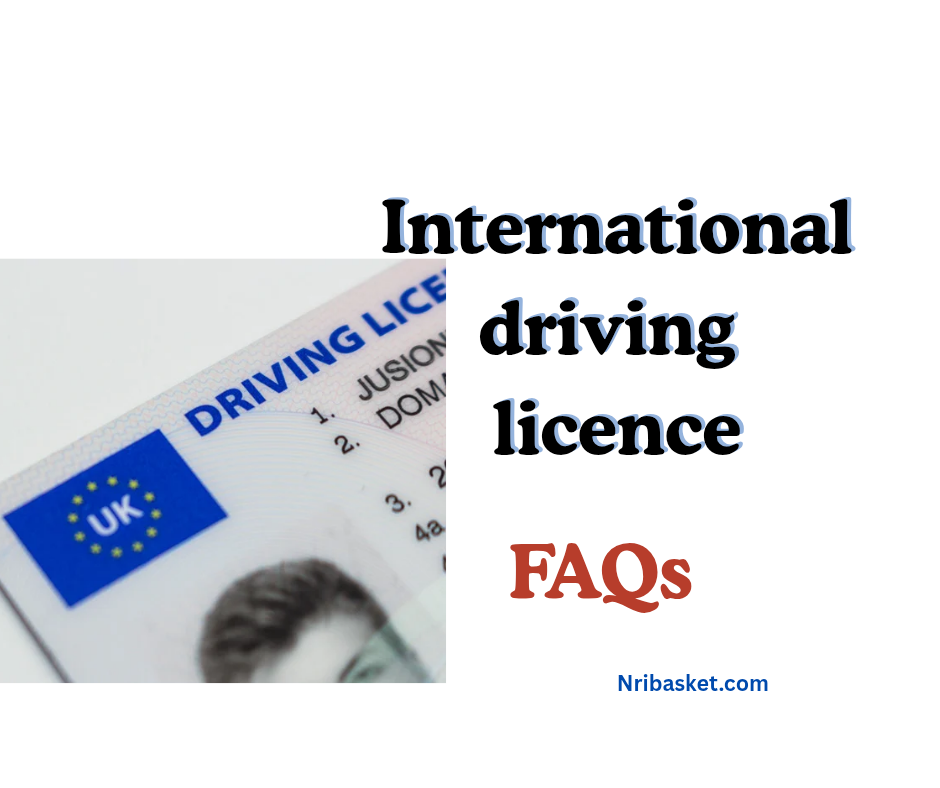
International Driving Licence for NRIs – Frequently Asked Questions
NRIs can drive abroad easily. Read FAQs on International Driving Licence eligibility, process, validity, and repatriation rules.
Short Answer: A permit allowing you to drive in foreign countries legally.
Have a question or want us to add your scenario?
Tell us what you need — we’ll update this guide and answer publicly so other NRIs can benefit. Your question may be featured in the next update.
Long Answer: An IDL, also called an International Driving Permit (IDP), translates your existing driving licence into multiple languages and is recognized in over 150 countries. It lets you legally rent and drive vehicles abroad without extra driving tests.
Short Answer: Any Indian driving licence holder aged 18+.
Long Answer: To apply, you must have a valid Indian driving licence, be at least 18 years old, and apply through your Regional Transport Office (RTO) before traveling abroad. NRIs visiting India can also apply if their Indian licence is valid.
Short Answer: Driving licence, passport, visa, and application form.
Long Answer: Common requirements include your valid Indian driving licence, passport, visa, air ticket copy, passport-size photos, and completed IDP application form (Form 4A in India). Fees vary by state RTO.
Short Answer: Yes, from the Indian embassy or consulate.
Long Answer: NRIs can apply for an IDL through the Indian embassy or consulate in their country of residence by providing necessary documents, a valid Indian licence, and paying applicable fees. Some countries also issue their own local IDP.
Short Answer: Typically 1 year from the date of issue.
Long Answer: Most IDLs are valid for 12 months and cannot be renewed abroad. After expiry, you must reapply in India or through the embassy. Always check the rules of the country where you plan to drive, as local validity conditions may apply.
Short Answer: Apply to your local Regional Transport Office (RTO) with all required documents.
Long Answer: The process involves visiting your local RTO or applying online via the Parivahan portal. You need to fill out the application form (Form 4A), submit a medical certificate (Form 1A), and provide photocopies of your valid driving licence, passport, and visa. Once the documents are verified and the fees are paid, the IDP is typically issued within a few business days.
Short Answer: No, but you can get a new one issued from India through an embassy.
Long Answer: According to Indian law, an IDP cannot be renewed from abroad. However, NRIs can apply for a new IDP through the Indian embassy or consulate in their country of residence. They will need to apply online through the Parivahan portal, upload the necessary documents, including a receipt from the embassy, and the new IDP will be couriered to their foreign address after verification.
Short Answer: The application fee is approximately ₹1,000, but other costs may apply.
Long Answer: The standard application fee for an IDP in India is around ₹1,000, though this can vary slightly by state. In addition, you may have to pay for a medical certificate (Form 1A), which costs between ₹200 and ₹500, and for passport-sized photographs. Always check the official RTO website for the most current fee structure in your state.
Short Answer: In most cases, no. An IDP is almost always required.
Long Answer: An Indian driving licence is written in English, which makes it acceptable in some countries for short periods (like a few months), such as the UK, Australia, and New Zealand. However, for legal clarity and to avoid any issues with local authorities or car rental agencies, it is highly recommended to carry an IDP. The IDP acts as a certified translation and is a universally recognized document.
Short Answer: Over 150 countries, including the USA, UK, Canada, and most of Europe.
Long Answer: The Indian IDP, issued under the 1949 Geneva Convention, is recognized in a large number of countries globally. This includes popular destinations for NRIs such as the United States, Canada, the UK, Germany, France, and Australia. It is always wise to check the specific driving laws and requirements of your destination country, as some may have unique rules or require additional documentation.
Short Answer: Yes, for a limited time, usually up to one year.
Long Answer: If you are an NRI visiting India, you can drive with a valid foreign driving licence for up to one year. After this period, you will be required to obtain an Indian driving licence. It is also important to note that you must carry your foreign licence with a certified English translation (IDP) and ensure your visa status is up-to-date.
Short Answer: Usually 3-7 business days after application submission.
Long Answer: The processing time for an IDP depends on the specific RTO and the application method. If you apply in person, the process may take a few hours to submit the documents and then a few days for the RTO to issue the permit. Online applications followed by a visit for biometrics and document verification may also take a similar amount of time.
Short Answer: Yes, a valid medical certificate in Form 1A is required.
Long Answer: To ensure that the applicant is physically fit to drive, a medical certificate in Form 1A, signed by a registered medical practitioner, is a mandatory document. This is a key requirement for all IDP applications in India and helps in promoting road safety standards.
Short Answer: You may face fines, penalties, or even arrest depending on the country.
Long Answer: Driving without a valid IDP where it is required can lead to serious consequences. You may be fined, have your vehicle impounded, or even be arrested. Many car rental companies also refuse to rent a vehicle to a driver who does not possess both their domestic licence and a valid IDP. Always be sure to carry both documents to avoid any legal trouble.
Short Answer: An IDL is a supplement to your domestic licence, not a replacement.
Long Answer: An International Driving Licence (IDL/IDP) is a translated copy of your existing Indian driving licence. It is not a standalone document and must always be carried along with your original Indian licence. A foreign driving licence, on the other hand, is a licence issued by the transport authority of a foreign country and is the primary document used for driving in that country.
Short Answer: Yes, you can initiate the application online through the Parivahan portal.
Long Answer: The Ministry of Road Transport & Highways has an official online portal (Parivahan) where you can fill out the application form and pay the fees. However, in many states, you may still need to visit the RTO in person to submit your physical documents and for biometric verification.
Short Answer: Yes, you must be at least 18 years old.
Long Answer: As per the regulations in India, to be eligible for an International Driving Licence, you must be 18 years of age or older. This is the same minimum age requirement for obtaining a regular driving licence in India for non-transport vehicles.
Short Answer: You can apply for the IDL from your current RTO, but you might need to show proof of residence.
Long Answer: You can apply for an IDL at the RTO under whose jurisdiction your current residential address falls, even if your original driving licence was issued in a different state. You will be required to provide a valid proof of residence, such as a utility bill or a rental agreement, to support your application.
Short Answer: Yes, if your commercial licence is valid, your IDL will also be for commercial vehicles.
Long Answer: The International Driving Licence is a translation of your existing licence and will cover the same categories of vehicles. If your Indian driving licence allows you to drive commercial vehicles, your IDL will also reflect this. However, you must also comply with the local commercial driving laws and regulations of the country you are visiting.
Short Answer: You must apply at a local RTO and pass the required tests.
Long Answer: NRIs who plan to stay in India for more than a year must obtain an Indian driving licence. The process is the same as for any other resident and involves a written test on traffic laws and a practical driving test. You will also need to submit a valid passport, visa, and proof of address along with the application forms.

